The content of the article
The useful properties of the medlar are known since ancient times. People still use the fruit to get rid of the ailments of various etiologies. Another name for medlar is Japanese plum, lokva. To more accurately have an idea of how you benefit from the consumption of fruits, consider the main features in order. So, let's begin.
The composition and characteristics of the medlar
- Medlar is an evergreen shrub that has thorns on the branches and is strewn with large clusters. The fruits have a sour aftertaste, their flesh is soft, pleasant to eat, does not knit tongue. By taste, the medlar resembles a trio - ripe strawberries, bananas, sweet and sour apples.
- Today, man knows more than 30 species of this plant. Medlar extends to the whole world and is widely cultivated in the garden plots. The most popular and sought after varietiesBush is considered the Caucasian and Japanese medlar.
- The beneficial properties of the fruit are made possible by the composition of the loquat. So, it includes flavonoids, protein, phenolic compounds, some fats, carbohydrates, amygdalin.
- Not deprived of the fruit vitamins. Among them, group B, PP, A, C. It makes sense to distinguish the following from the mineral elements: iron, potassium, iodine, magnesium, sodium, zinc, calcium, selenium.
- As for organic acids, the loquat is rich in malic, oxalic, tartaric and citric. It concentrates a lot of natural saccharides, which are represented in easily digestible form. The shrub is not deprived of tannins, pectin, dietary fiber, phytoncides.
- Of particular value is the bark, foliage, seed and fruit of the plant. Some folk healers claim that shrub leaves are much more valuable than pulp and other parts of the medlar. They argue that there are unique acids in the medlar foliage: pomoleic, ursuloic, corosolic and others.
- Also, the foliage boasts the inclusion of plant polyphenols, glycosides, karafolin. These substances are fighting with alien bodies in the body.Studies have been conducted in which scientists have proven that foliage is able to fight human immunodeficiency virus (HIV).
- Shrub foliage has the ability to suppress the action of free radicals and completely remove them. The composition of the green part contains triterpene, which is responsible for the synthesis of sugar and enhances the volume of insulin.
- Pectin fights toxic compounds, heavy metal salts, radionuclides. It acts as a brush, which is carefully passed through the cavity of internal organs. Despite the abundance of valuable properties, the medlar is not very high in calories. In portions weighing 100 grams. about 50 Kcal accumulates. It all depends on the particular variety.
The use of medlar
- Fruit is contraindicated for people who have high blood pressure. Medlar has a diuretic effect and thereby fights hypertension.
- Similarly, fetuses affect patients with constant migraines and headaches. The fruit reduces intracranial pressure and improves the condition of the patient.
- Medlar is prescribed for consumption by those who are likely to develop a heart attack, stroke, coronary disease.The fruits improve the health of the heart muscle and the entire circulatory system in particular.
- The composition contains flavonoids and phenolic compounds. Together, they prevent oxidative processes by preventing diabetes, eye diseases, and oncological ailments.
- Medlar frees the cavity of internal organs from free radicals. The fruit is useful for people of old age who are at risk of developing senile dementia.
- Fruits help to cope with diarrhea and general stool disorder. They normalize digestive processes, remove stagnation, have anthelmintic properties.
- Medlar enhances the production of the hormone insulin, making it easier for patients with diabetes. Along with this, monitoring of blood glucose is carried out.
- Organic acids eliminate cholesterol from the cavity of the blood channels, improve protein metabolism, transform carbohydrates into energy. On this basis, the risk of atherosclerosis is reduced and natural weight loss occurs.
- Medlar is used to remove small stones and sand in the cavity of the urinary system. Fruit is responsible for the correct operation of the pancreas and thyroid glands.
- From the plant they cook broths, teas, fresh juices. These drinks remove sputum from the cavity of the respiratory tract, facilitate asthma and reduce body temperature during fever.
- The fruits strengthen the immune system during the period of viral infections, as well as help to recover from a protracted illness. Medlar enhances wound healing, so lotions based on it are used for skin ailments.
- Interestingly, an unripe fruit is effective for diarrhea. Ripe specimens, by contrast, have a laxative effect and normalize the bowels. Medlar prevents food fermentation in the esophagus.
The benefits of medlar leaves
- On the basis of green foliage they prepare various tonics, lotions and face packs. Such remedies help to eliminate dermatological problems, leveling relief and skin whitening.
- Also a good decoction to cope with diarrhea. To prepare the drink, brew the leaf leaves in 300 ml. boiling water, let stand 4 hours and strain. Drink 45-50 ml. 20 minutes before meals.
- The infusion according to the above recipe also effectively cleans the blood channels from cholesterol, cleans the body from toxic substances, helps to recover from stress and illness.
- Older people need to prepare decoctions and infusions in order to relieve painful sensations in osteoporosis, arthrosis and other ailments of this type.
- The powerful impact of the leaves and inflorescences of the medlar encourages people to use these parts of the shrub for the preparation of cold remedies. It's all about the ability of the medlar to disinfect and remove inflammation.
Harm medlar
- There are a number of limitations in which the medlar is contraindicated. It is necessary to limit its use in case of pancreatitis, duodenal ulcer and stomach ulcer, allergy to the fruit itself, gastritis.
- In order not to cause significant harm to health, start the reception with small amounts. Listen to the state of the body, with the slightest signs of allergy, stop taking.
- If you have any chronic diseases, use your medlar after consulting with your doctor. Do not forget that the fruit can be presented in the form of dried fruits, marmalade, jam and other forms.
Despite the diversity of medlar varieties, their chemical list remains almost unchanged. Only the appearance and taste are different. In order not to harm yourself and loved ones, follow the precautions when using the medlar.Then you will surely get all the benefits.
Video: useful properties of the loquat

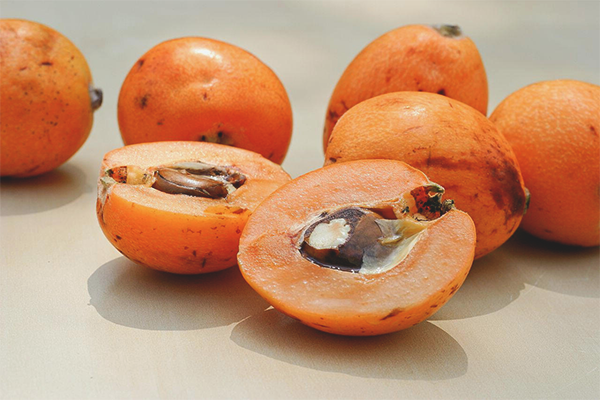
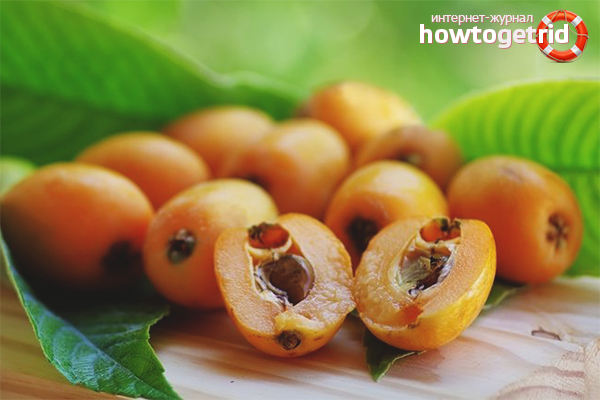
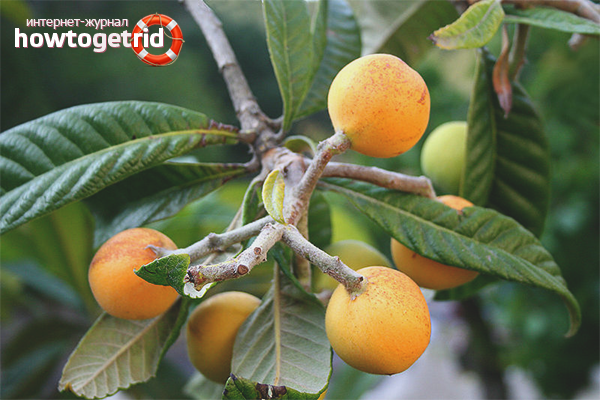

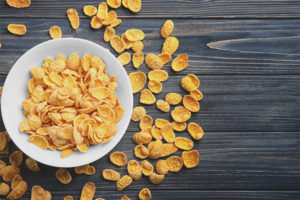


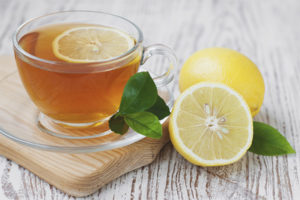
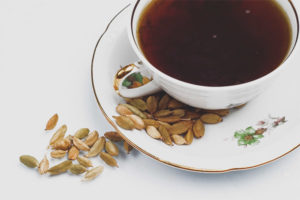
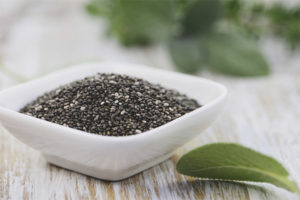
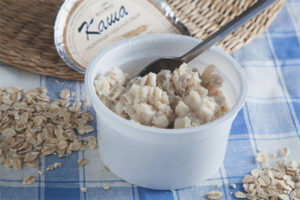
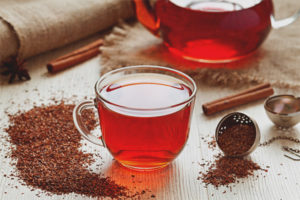
To send